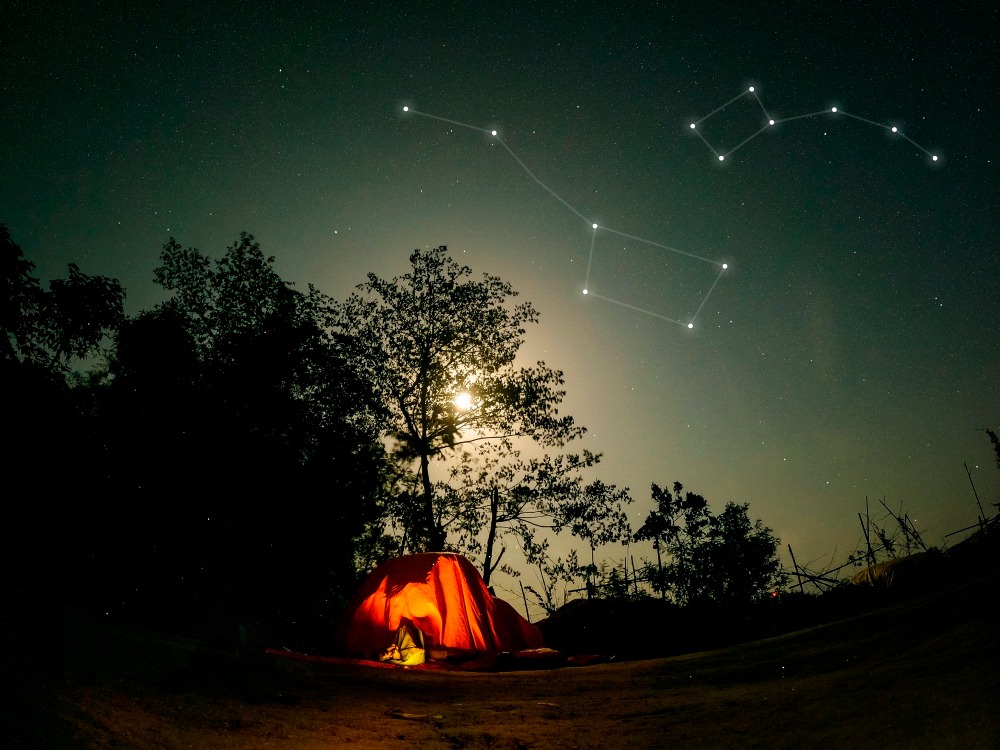The Once-in-a-Lifetime Opportunity to Witness a Rare Comet
Astronomy enthusiasts and stargazers around the world are abuzz with excitement as a rare comet, which hasn’t been seen in approximately 160,000 years, is set to make its appearance in our night skies. This extraordinary event provides an incredible chance to witness a piece of cosmic history that predates human civilization as we know it.
Comets, often described as “dirty snowballs” of the solar system, are made up of ice, rock, and dust. They originate from the distant reaches of our solar system, traveling in elongated orbits that can span thousands or even millions of years. The rarity of this particular comet makes it a significant event, as its visibility offers an unparalleled glimpse into the ancient history of our universe.
Astronomers have been meticulously tracking this celestial body as it approaches the inner solar system. Its journey, spanning eons, has brought it back into our view, an event that has left scientists eager to study its composition, behavior, and the secrets it may hold about the early solar system. Whether you’re an amateur stargazer or a seasoned astronomer, this is an event you won’t want to miss.
Understanding the Science Behind Comet Sightings

To truly appreciate this rare phenomenon, it helps to understand the science behind comet appearances. Comets originate from two primary regions in our solar system: the Kuiper Belt and the Oort Cloud. While the Kuiper Belt is located just beyond Neptune’s orbit, the Oort Cloud lies at the very edge of the solar system, a staggering distance from the Sun.
When comets venture closer to the sun, they heat up, causing the ice within them to vaporize and release gas and dust. This process forms the iconic bright coma and tail that make comets such spectacular sights in the night sky. The tail always points away from the sun, due to the influence of solar wind and radiation pressure.
Scientists believe that this particular comet’s elongated orbit likely originates from the Oort Cloud. Its journey across vast cosmic distances over millennia makes its upcoming visibility a historic moment. Observing its path can provide valuable data on how gravitational forces influence the trajectories of such distant celestial objects.
When and Where to See the Rare Comet
The visibility of the comet will depend on various factors, including your location, local weather conditions, and light pollution levels. Astronomers predict that the comet will be most visible during the early morning hours, just before sunrise, when the sky is at its darkest.
Using a good pair of binoculars or a telescope will enhance your viewing experience, allowing you to see the comet’s details, such as its bright nucleus and glowing tail. However, in some areas with minimal light pollution, the comet may even be visible to the naked eye. Be sure to consult a stargazing app or website for precise details on when and where to look for this cosmic visitor.
Whether you’re observing from a backyard, a rural field, or an observatory, witnessing this rare celestial event is bound to be a memorable experience. Don’t forget to check weather forecasts and prepare in advance for optimal viewing conditions.
The Cultural Significance of Comets Throughout History

Throughout human history, comets have been regarded with a mix of awe and apprehension. Ancient civilizations often interpreted their sudden appearances as omens, symbolizing everything from impending disaster to divine intervention. The unpredictability and striking beauty of comets have made them a source of fascination for millennia.
In modern times, comets are celebrated as natural wonders and scientific treasures. The study of these celestial bodies has advanced our understanding of the solar system’s formation and the processes that shape it. This rare comet’s appearance reminds us of our connection to the cosmos and the vast timescales that govern the universe.
By observing this comet, we partake in a shared human tradition that spans generations—one of looking up at the night sky and pondering our place in the universe. The upcoming visibility of this celestial phenomenon is a perfect opportunity to reflect on both our past and our future among the stars.
How to Capture the Perfect Shot of the Comet
For photography enthusiasts, capturing an image of this rare comet can be a rewarding challenge. To photograph the comet effectively, you’ll need a DSLR or mirrorless camera with a long-exposure setting, a sturdy tripod, and a remote shutter release to minimize camera shake.
Start by scouting a location with minimal light pollution. Rural areas, national parks, or dedicated dark-sky reserves are ideal for astrophotography. Once you’ve found your spot, set up your equipment and aim your camera in the direction of the comet. Using a stargazing app can help you pinpoint its exact location in the night sky.
Experiment with different exposure times and ISO settings to capture the comet’s brightness and details. A wide-angle lens can include the surrounding stars and landscape for a more dramatic shot, while a zoom lens allows you to focus on the comet itself. With patience and practice, you’ll have a stunning keepsake of this once-in-a-lifetime event.
A Moment to Cherish
The appearance of a comet not seen for 160,000 years is more than just an astronomical event; it’s a reminder of the enduring beauty and mystery of our universe. As we take the time to observe and appreciate this celestial visitor, we connect with the past and marvel at the infinite possibilities of the cosmos.
Don’t miss the chance to witness this rare phenomenon and share the experience with friends and family. Whether through direct observation, photography, or simply learning about its history, this comet offers an opportunity to ignite curiosity and foster a deeper appreciation for the wonders of space.
Mark your calendars, prepare your equipment, and get ready to gaze upon a piece of cosmic history. The night sky is about to tell a story that’s been 160,000 years in the making.

